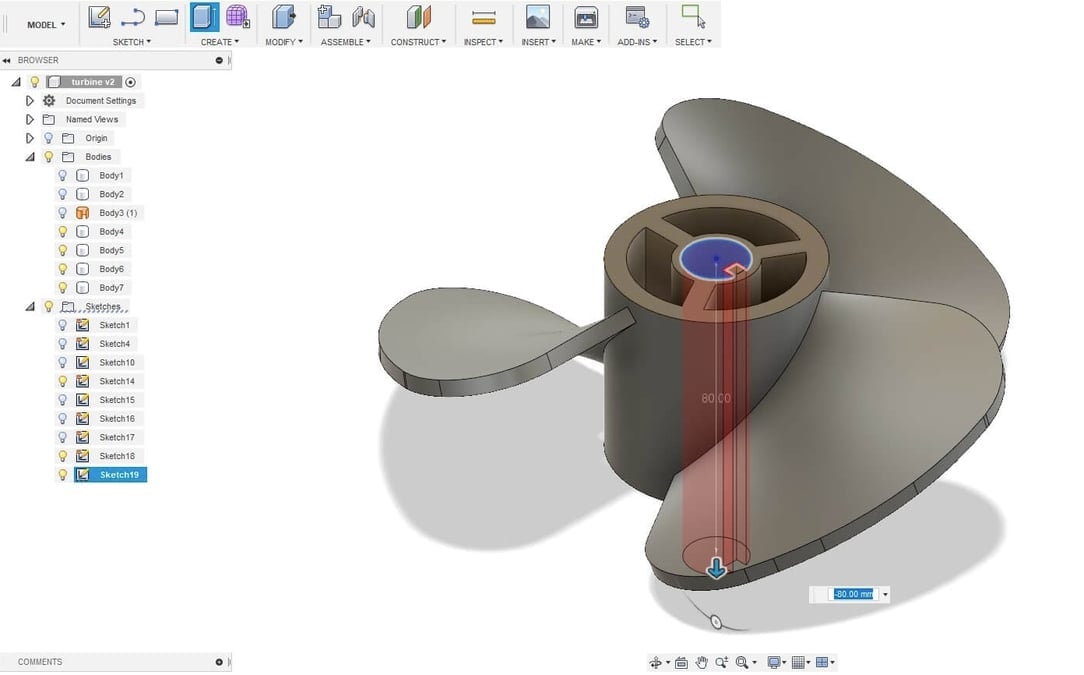I. Introduction to CAD Software
A. Definition of CAD Software
CAD software is a digital tool that facilitates the creation, modification, analysis, and optimization of designs and technical drawings. It serves as an invaluable asset in industries where precision and efficiency are paramount.
B. Diverse Applications
From architects conceptualizing buildings to engineers designing intricate machinery, softwarepost.xyz/ caters to a broad spectrum of disciplines, streamlining the design process and enhancing collaboration.
II. Key Features of CAD Software
A. 2D and 3D Modeling
- Allows for the creation of detailed two-dimensional and three-dimensional representations of objects and structures.
B. Parametric Design
- Utilizes parameters and constraints to create designs that can be easily modified and adapted.
C. Collaboration Tools
- Enables multiple users to work on a design simultaneously, fostering teamwork and efficiency.
D. Simulation and Analysis
- Incorporates tools for simulating real-world conditions and analyzing the performance of designs.
E. Integration with Manufacturing Processes
- Facilitates the seamless transition from design to manufacturing, promoting precision and accuracy.
III. Types of CAD Software
A. 2D CAD Software
- Ideal for creating precise two-dimensional drawings.
- AutoCAD and DraftSight are popular choices for 2D CAD.
B. 3D CAD Software
- Enables the creation of three-dimensional models for a more comprehensive view.
- SolidWorks, Fusion 360, and CATIA are prominent 3D CAD options.
C. Building Information Modeling (BIM)
- Specialized software for architects and builders, integrating 3D modeling with real-time data for construction planning and management.
- Revit and ArchiCAD are widely used BIM tools.
IV. Industries Benefiting from CAD Software
A. Architecture and Construction
- Architects use CAD software for designing structures, while construction professionals utilize it for project planning and visualization.
B. Mechanical and Industrial Design
- Engineers in these fields leverage CAD for designing machinery, tools, and consumer products.
C. Aerospace and Automotive
- CAD plays a crucial role in designing aircraft, spacecraft, automobiles, and their components.
V. Considerations for Choosing CAD Software
A. Feature Set
- Select software that aligns with the specific needs of the project, considering 2D or 3D requirements.
B. User Interface
- An intuitive interface enhances the user experience, especially for those new to CAD.
C. Collaboration Capabilities
- Evaluate the software’s ability to support collaborative work, vital for team-based projects.
VI. Future Trends in CAD Software
A. Cloud-Based CAD
- The shift towards cloud-based solutions for improved accessibility and collaboration.
B. Artificial Intelligence Integration
- AI-driven features, such as automated design suggestions and pattern recognition.
C. Virtual and Augmented Reality
- Integration of VR and AR for immersive design reviews and presentations.
VII. Conclusion
A. Transforming Design Landscapes
- CAD software revolutionizes how designs are conceived, developed, and brought to life, impacting industries across the board.
B. Embrace the Design Revolution
- Whether you’re an architect, engineer, or designer, the world of CAD software offers a gateway to innovation and precision.



